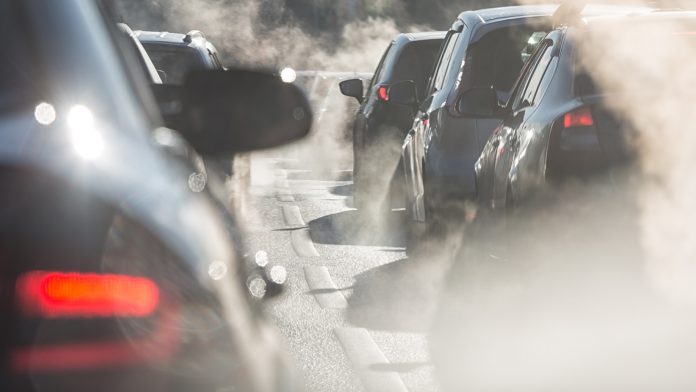
Shocking new research has signified that around two million new paediatric asthma cases are caused annually worldwide due to traffic-related air pollution.
A novel study, published in Lancet Planetary Health, suggests that traffic-related air pollution is a significant driver of paediatric asthma, a growing problem in big cities around the world. The research is the first to estimate the number of paediatric asthma cases caused by this type of air pollution in more than 13,000 cities from Los Angeles to Mumbai.
Susan Anenberg, a co-lead author of the research and a professor of environmental and occupational health at George Washington University, said: “Our study found that nitrogen dioxide puts children at risk of developing asthma, and the problem is especially acute in urban areas. The findings suggest that clean air must be a critical part of strategies aimed at keeping children healthy.”
Impacts of traffic-related air pollution
To conduct their investigation, the researchers analysed ground concentrations of nitrogen dioxide – a type of pollutant that stems from exhaust vehicle emissions, power plants, and industrial sites. Additionally, the team tracked how many cases of asthma were developed in children between 2000 and 2019.
The findings of the study were:
- Of the estimated 1.85 million new paediatric asthma cases attributed to nitrogen dioxide globally in 2019, two-third were in urban areas.
- The proportion of paediatric asthma cases caused by nitrogen dioxide in urban areas dropped recently, likely due to tighter air pollution regulations implemented in countries like the United States.
- Despite improvements in Europe and the US, air pollution, particularly from nitrogen dioxide, is rising in South Asia, Sub-Saharan Africa, and the Middle East.
- Paediatric asthma cases linked to nitrogen dioxide pollution represent a significant public health burden for South Asia and Sub-Saharan Africa.
An earlier study conducted by the team revealed that nitrogen dioxide was linked with around 13% of the global paediatric burden of asthma and about 50% of asthma cases in the 250 most populated cities worldwide.
However, the fraction of paediatric asthma cases caused by nitrogen dioxide pollution declined from 20% in 2000 to 16% in 2019, highlighting that reducing air pollution in Europe and the US has achieved substantial benefits for the health of children, especially those living in proximity to busy roads and industrial sites.
Nevertheless, the researchers state that further measures are essential in higher-income countries and those struggling to eradicate harmful air pollution from vehicles and other sources of nitrogen dioxide.
Excess deaths
A further study revealed that 1.8 million excess deaths were associated with urban air pollution in 2019, highlighting that 86% of adults and children in cities worldwide are exposed to a harmful level of fine particulate matter that exceeds the guidelines set by the World Health Organization.
Anenberg said: “Reducing fossil fuel-powered transportation can help children and adults breathe easier and may pay big health dividends, such as fewer cases of pediatric asthma and excess deaths. At the same time, it would also reduce greenhouse gas emissions, leading to a healthier climate.”









